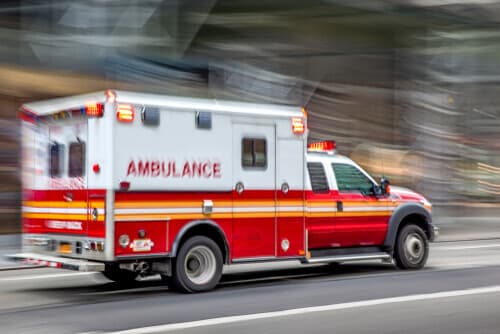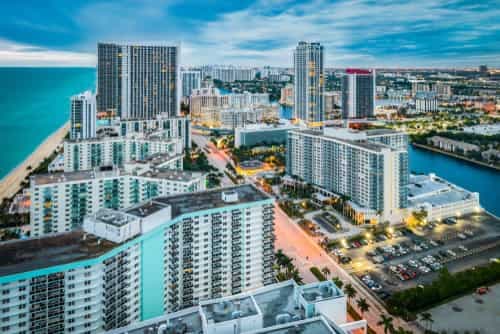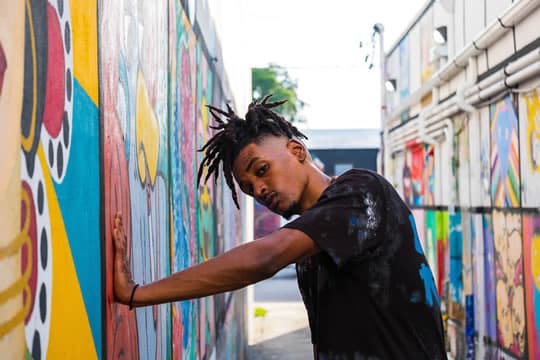Rehab & Addiction Resources in Florida
Drug and alcohol misuse and addiction are serious problems all over the United States, and Florida is no exception. Fortunately, substance use disorder (SUD) is a treatable illness, and there are many resources for addiction treatment in Florida.1, 2
Emergency Addiction Services

There are many services available to help during a drug or alcohol crisis in Florida. The state’s resources include hotlines, government services, public or private rehabs, and a variety of support groups.
Get Narcan and Emergency Help in Florida
Naloxone (Narcan) is an easy-to-administer, life-saving medication that can reverse opioid overdose. It is currently available at many Florida pharmacies and other locations without a prescription.7, 8 If you, a family member, or someone you live with takes opioids as a prescription or uses painkillers or heroin, please consider obtaining naloxone and learning how to administer it in case of emergency. It is much easier to get now than it used to be. We’ll show you how to find it.
Paying for Rehab in Florida

Cost is a common barrier that often prevents people from getting the help they need. Learn more about how to use insurance to pay for rehab and other potential payment options.
Does Health Insurance Cover Drug & Alcohol Rehab in Florida?
Yes. In fact, due to federal mandates, most insurers are required to provide coverage for mental health and substance use treatment. Parity laws stipulate that the coverage provided for these services must be equitable to the coverage of medical and surgical benefits in the same policy.9, 10
It’s important to find a treatment center that is within your insurance care network. These facilities contract directly with your insurer, resulting in lower out-of-pocket costs.11
Recovery First accepts many major insurers, including Cigna, Aetna and more. Check if your insurance covers addiction treatment at Recovery First by completing our confidential .
How to Pay for Addiction Treatment Without Health Insurance
It can be difficult for someone to afford addiction treatment if they are uninsured, or their coverage still requires high out-of-pocket costs. Fortunately, there are still ways to pay for rehab without insurance. For example, some facilities may charge for services on a “sliding scale,” which offers discounted rates for people with low incomes. Some rehab centers may also offer scholarship programs or financing as well.
Patients that qualify may be able to get free or no-cost treatment at government-funded rehab centers. However, these facilities often have strict eligibility requirements and long wait lists.12 Certain low-income, disabled, pregnant, or elderly patients may qualify for Medicaid—a government-funded form of insurance coverage that allows year-round enrollment.13, 14
Find available treatment facilities nearby using the Substance Abuse and Mental Health Services Administration’s (SAMHSA) locator tool.
Check Your Insurance Coverage
Find out within minutes if your addiction treatment is covered at Recovery First by filling out the HIPPA-compliant online form below. Doing so will require entering your:
- Email address.
- Name of your insurer.
- Insurance policy number.
Local FAQs

Get answers to some of the most commonly asked questions about treatment for drug and alcohol addiction in Florida.

Addiction is a common disease. In 2019, approximately 20,404,000 Americans 12 years and older suffered from substance use disorder (SUD) or alcohol use disorder (AUD). Unfortunately, only 12.2% of people in this demographic get the treatment they need.20
Substance Misuse in Florida
Between 2003 and 2010, Florida became notorious for having a serious problem with misuse of prescription opioids, though recent efforts to crack down on “pill mills” that over-prescribed these drugs for profit have had positive results.
Additionally, Florida’s location has made it a hotspot for drug trafficking, making illicit drugs like cocaine and heroin particularly accessible in the Sunshine State.21
Drug Trafficking Through Florida
Several regions in Florida are designated High Intensity Drug Trafficking Areas (HIDTAs) by the U.S. Department of Justice (DOJ) including:
- South Florida. This HIDTA contains Broward, Monroe, and Miami-Dade counties and was designated in 1990. The Florida Keys and Florida coast seaports provide close access to the Caribbean, South America, and Central America. Marine smuggling operations and cruise ships porting in Miami and Ft. Lauderdale have been uncovered, and drugs have been seized all along the southern shores of Florida. In addition to drug trafficking, drug-related violent crime and money laundering plague the area.22, 23
- Central Florida. This HIDTA contains Seminole, Orange, Polk, Pinellas, Volusia, Osceola, and Hillsborough counties and was designated in 1998. Mexican and Cuban drug trafficking organizations (DTOs) are the primary movers of cocaine, meth, and marijuana in the region.24, 25
- Northern Florida. This HIDTA contains Baker, Clay, Columbia, Alachua, Flagler, Duval, Nassau, Putnam, Marian, and St. Johns counties and was established in 2001. Proximity to Atlanta and Georgia, as well as the eastern seaboard of the United States, make this region attractive to drug smugglers. Significant nightlife in Jacksonville, Gainesville, and St. Augustine may increase drug-using populations, and large homeless populations may also contribute to rampant drug abuse. Big and growing cities such as Ocala may also see large drug-using populations.26
How Common Is Addiction in FL?
Addiction is relatively common in Florida. For example:
- Between 2017 and 2019, 6.3% of residents 12 or older struggled with SUD within the past year.27
- Approximately 490,000 residents 12 years old or older struggled with past-year addiction to illicit drugs.27
- 3,189 people died from an opioid-involved overdose in 2018.28
- 614 people died of an overdose involving alprazolam (Xanax) in 2019.29
There are many barriers that may prevent someone from getting treatment, such as cost, the complexities of using health insurance, and just not knowing where or how to get help.
Within the state of Florida, there are many different forms of substance abuse, addiction, and mental health treatment options that can be tailored to meet an individual’s specific requirements. Help is within reach. Please contact an admissions navigator at to learn more about treatment options or start treatment at Recovery First, American Addiction Centers’ Miami rehab facility in South Florida.
Getting Help for Substance Abuse
Rehab FAQs
Learn more about finding the right rehab for addiction and treatment programs at Recovery First: general questions, patient questions, and family questions.
Getting to Recovery First
Recovery First is a drug & alcohol treatment center in Hollywood, FL, a town between Fort Lauderdale and Miami. We offer medical detox, inpatient rehab, and other levels of care. Learn about admissions and how to get here.
Paying for Treatment
One of the first questions people often ask when considering rehab is, "What will it cost?" Starting recovery does not have to be expensive. Learn more about payment options for rehab and how medical coverage can help cover costs.
Local Events & Education

American Addiction Centers (AAC) is committed to delivering original, truthful, accurate, unbiased, and medically current information. We strive to create content that is clear, concise, and easy to understand.
While we are unable to respond to your feedback directly, we'll use this information to improve our online help.
